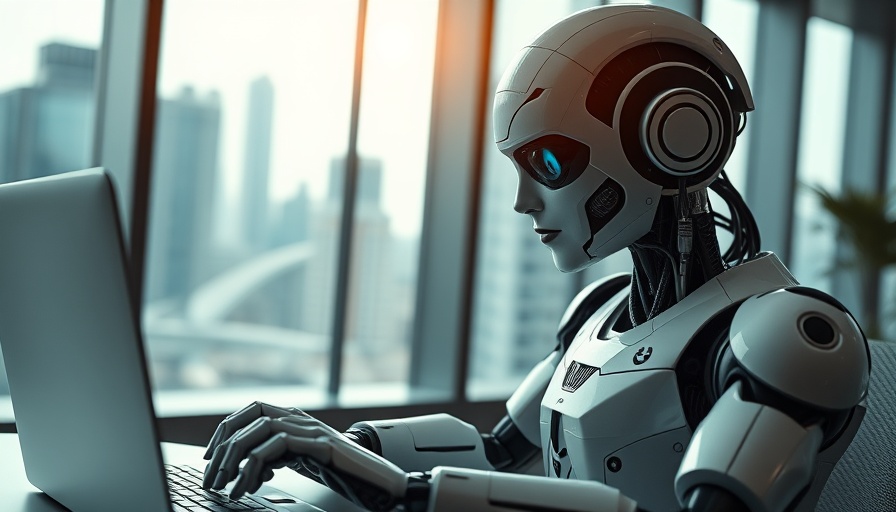
Unleashing the Power of AI Stock Trading Bots for Beginners
Venturing into the stock market can feel as bewildering as navigating an unfamiliar city without a map, particularly when data-driven terms like “algorithms” and “quantitative signals” come into play. But what if you could embrace the power of AI stock trading without needing coding skills? Enter no-code AI trading bots—designed for both the complete novice and those who shy away from complex spreadsheets.
Why AI Trading Bots Matter—Especially for Newcomers
The stock market is notorious for being an emotional rollercoaster, which ironically makes objective decision-making essential. This is where AI shines. These advanced systems analyze vast amounts of market data swiftly—tracking price trends, volume variations, news sentiment, and more—without the interference of emotional biases like fear or greed. No-code AI trading bots act like an all-seeing market analyst, tirelessly working 24/7 to uncover smart trading opportunities.
Choosing the Right No-Code AI Trading Bot
Not all AI trading bots are created equal, and beginners should look for key features to avoid scams:
- Pre-built Strategies: Look for bots that offer templates right out of the box.
- Backtesting Capabilities: The ability to test strategies against historical data is crucial for confidence.
- Transparency: A platform should clearly explain its AI workings—beware of black-box solutions.
- Integration: It should easily connect with popular brokers like Robinhood or Coinbase.
- User-Friendly Interface: Even your grandparents should be able to navigate it!
Everyday Use Cases for AI Trading Bots
These bots cater to various needs:
- You are a beginner eager to experiment with stock trading while learning the ropes.
- Your full-time job leaves you no time to monitor stock charts.
- You’ve had enough of speculative “meme” stocks and crave data-driven decisions.
- You want to diversify your investments across crypto, stocks, and forex.
Emerging Trends in AI Stock Trading
The rise of AI trading bots is just the tip of the iceberg. Innovations in AI for marketing and advertising are also revolutionizing how brands engage with consumers. Much like no-code trading tools make trading accessible, AI marketing tools create personalized experiences for users. From predictive analytics to machine learning insights, these technologies are becoming essential for modern marketing strategies. In a world increasingly driven by data, knowing how AI intersects with various realms—from trading to marketing—can empower users to make more informed decisions.
The Future of AI in Trading and Marketing
As AI technologies continue to evolve, we can expect to see increased integration across various sectors. For beginners in stock trading, embracing no-code tools not only lowers the barrier to entry but also paves the way for a more data-informed trading future. This transformation mirrors trends seen in marketing where AI enhances the precision of campaigns, driving better consumer engagement.
By harnessing these advancements, casual traders and marketers alike can position themselves advantageously in their respective fields. Interested in diving deeper into AI stock trading bots or their implications in marketing? The time to explore is now!
 Add Row
Add Row  Add
Add 




Write A Comment